Guadalupe Mountains National Park
Saturday, 03/03/2018
The Guadalupe Mountains are among the best examples of a marine fossil reef. Geologists come from around the world to marvel at this extra-ordinary phenomenon that formed 260 – 270 million years ago. During that time a tropical ocean covered portions of what is nor Texas and New Mexico. Over millions of years calcareous, sponges, algae and other lime secreting marine organisms precipitated from the seawater. Along with lime, they built up to form the 400 mile-long, horseshoe-shaped Capitan Reef. In addition to the Guadalupe Mountains, the Apache Mountains, and the Glass Mountains in Texas are also parts of this ancient Capitan Reef.
A over half of Guadalupe Mountains National Park is designated a wilderness area, some 47,000 aces, that protects forever the land’s wilderness character, natural conditions, opportunities for solitude and primitive recreation, and scientific, educational and historical values.
The park offers 80 miles of hiking trails and 10 backcountry campgrounds and a number of shirt day hikes to Manzanita Springs (0.4 miles), Smith Spring (2.3 miles) McKittrick Canyon – Pratt Cabin (4.8 miles) and the Grotto (6.8 miles), Guadalupe Peak (8.4 miles) and the Bowl (9.3 miles). Other points of interest include Frijole Ranch History Museum, The Pinery and Williams Ranch.
We started our visit at the Pine Springs Visitor Center and took the pet-friendly short 0.7 mile round trip hike from the visitor center to the ruins of the Pinery Station a mid-1800’s Butterfield Stagecoach Station.
The Butterfield Overland Mail Company became the first railway to transport mail from the east coast to the west coast over the land, as opposed to by ship. They opened a station in the Guadalupe Mountains named Pinery for the large number of pine trees surrounding it. The station was only used for one year. The ruins are the remainders of the stone hut that served as a stopping point for people and mail along the trans-continental route. The Pinery Station was built from local limestone, in a fortress like pattern with walls 11 feet high and 30 inches thick.
The station included a wagon repair shop, a blacksmith shop and the essential replacement teams of fresh horses. There were also three mud-roofed rooms with limestone walls that offered a double fireplace, a warm meal and a welcome retreat from the dusty trail of the plains below. One interesting note is that Butterfield Overland Mail Coach route ran from St Louis, Missouri to San Francisco, California through Temecula, California (where we used to live off Crowne Hill and Butterfield Stage Road.)
If you find yourself in northwest Texas or southeast New Mexico I would recommend taking the time to visit Guadalupe Mountains National Park.
Cheers,
Chris
*************************************************************************************************************************
This post contains affiliate links, so I make a small commission if you purchase through my links – that support helps to keep this blog running.
Copyright Foodie Made Simple, LLC. All text, recipes and photographs are copyrighted and may not be published elsewhere without express permission. Pinterest, Twitter, Instagram, Tumbler, Google+ and Facebook users, you are welcome to “pin” photos! re-tweet and “share” links all you like, just don’t copy the recipes themselves. Fellow bloggers are welcome to repost my recipes, just write the recipe in your own words, use your own photograph, then link back to the original recipe on rvcookingmadesimple.com


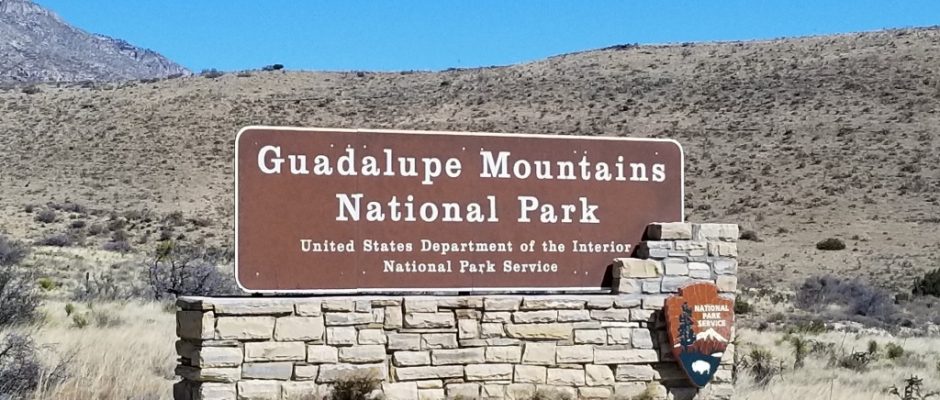
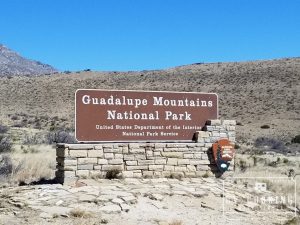
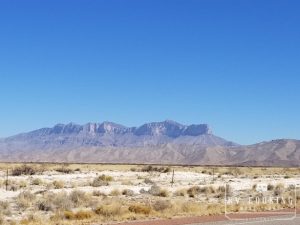
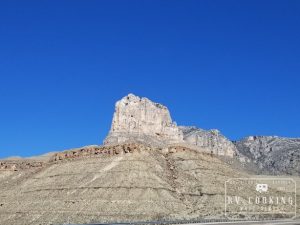
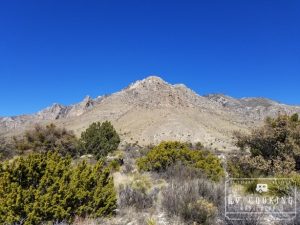
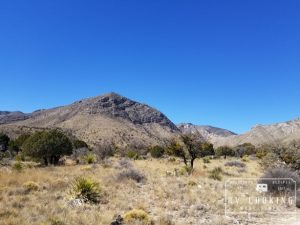
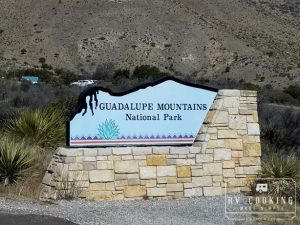
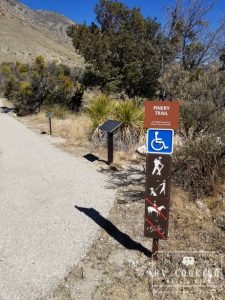
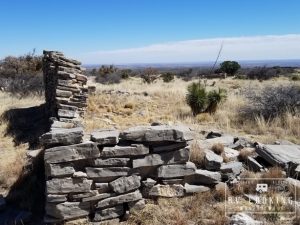
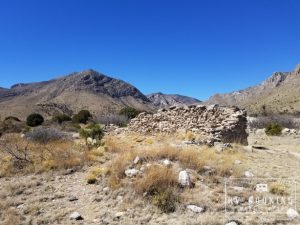
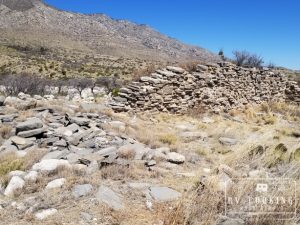
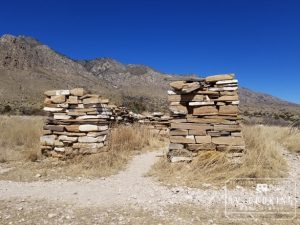








Comments are closed.